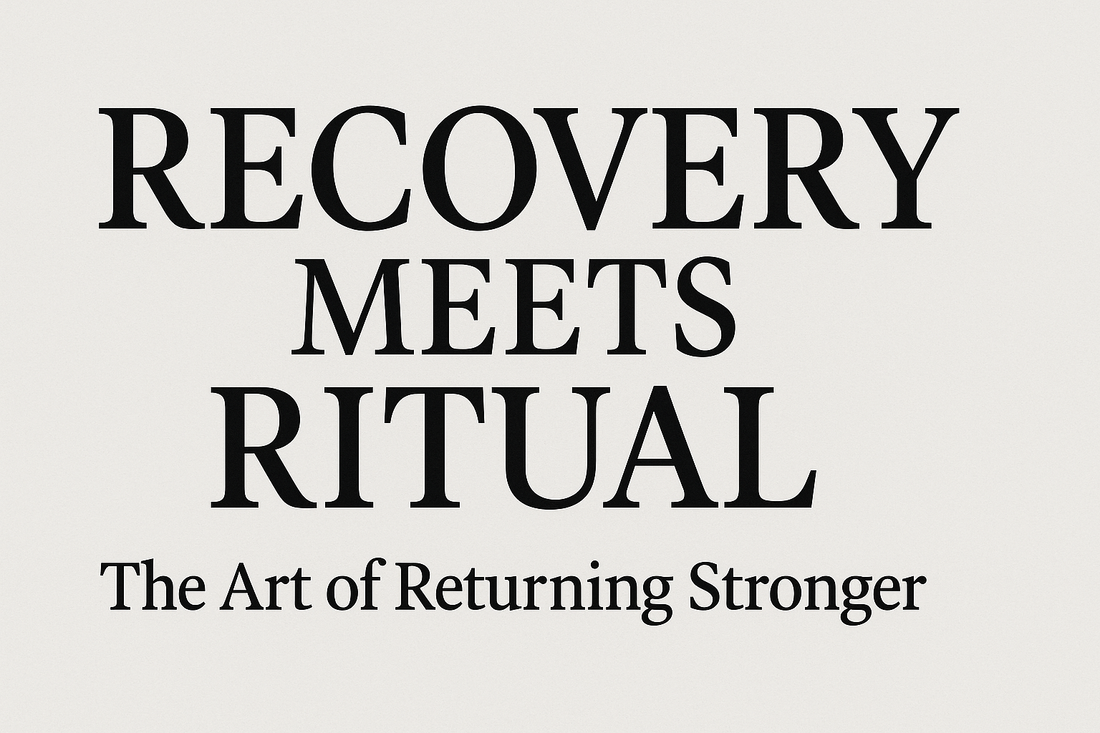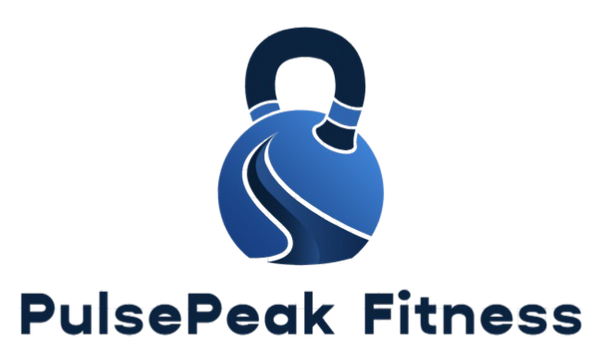
Recovery Meets Ritual — The Art of Returning Stronger
Share
Every return begins in rest.
At PulsePeak Fitness, recovery is not a pause — it’s a process of resurrection.
Each breath, each quiet moment, rebuilds the foundation of future strength.
We live in a world that glorifies motion but forgets the wisdom of stillness.
Yet it is within stillness that the athlete truly grows — muscles knit, the mind clears, and intent refocuses.
Recovery is not indulgence.
It is discipline in disguise.
1) The Sacred Cycle of Strain and Silence
Every act of exertion must meet its echo — stillness.
PulsePeak’s recovery philosophy follows the Cycle of Return:
-
Exertion – challenge the body
-
Restoration – repair the body
-
Reflection – refine the mind
Without the third step, effort becomes repetition, not evolution.
Q&A
Q: Why does rest feel unproductive to so many?
A: Because silence lacks applause. But progress, like roots, grows underground before it blooms above.
2) Ritual as Recovery
Rest becomes meaningful when it’s intentional.
PulsePeak encourages nightly rituals — dim lights, steady breathing, and self-myofascial release that signals closure to the nervous system.
The mind obeys what the body repeats.
Consistency transforms ritual into rhythm.
Q&A
Q: What’s the ideal pre-sleep recovery routine?
A:
– Roll major muscle groups for 5 minutes
– Hydrate with electrolytes
– Breathe 6 counts in, 6 counts out
– End with gratitude, not goals
3) Tools of Renewal
Technology can’t replace recovery — but it can amplify it.
PulsePeak’s ThermoWave™ System alternates hot and cold compression to optimize circulation and reduce inflammation.
Our PulseRoll™ Therapy Ball uses targeted vibration to unlock deep fascia release.
Each tool turns science into ritual — precision made personal.
Q&A
Q: Should recovery be active or passive?
A: Both.
Active recovery restores mobility; passive recovery restores energy. Together, they compose balance.
4) The Mind’s Role in Rebuilding
The mind dictates the pace of repair.
PulsePeak’s NeuroReset Method aligns visualization with deep breathing — a mental blueprint for tissue regeneration.
When the brain imagines healing, the body accelerates it.
Rest is not the absence of training — it’s the continuation of it, unseen.
Q&A
Q: Can mindset speed physical recovery?
A: Absolutely.
Belief reprograms the nervous system. Calm commands coherence.
Conclusion
Recovery is not a retreat — it is a return.
At PulsePeak, we don’t stop when tired; we pause when transforming.
Because the strongest aren’t those who never break —
they’re those who master the art of rebuilding.
